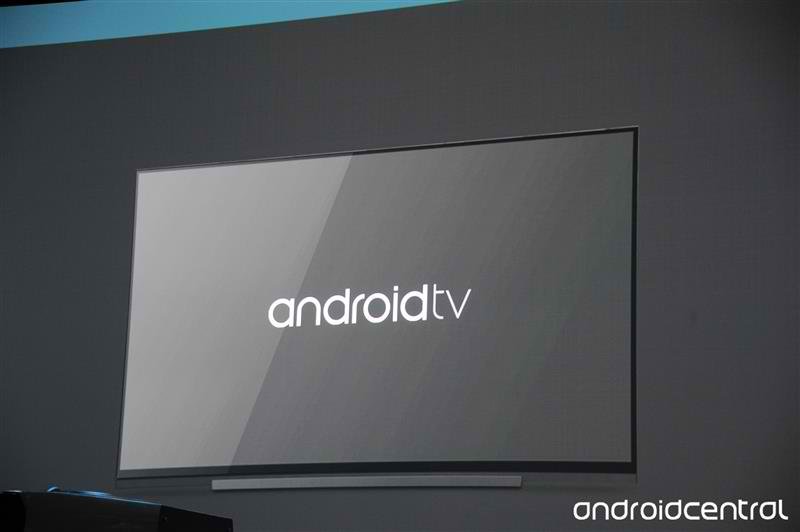Google to prevent OEMs from customizing the UI on Android Wear, Auto and TV

Google is actively preventing OEM partners from adding customized elements to Android Wear, Auto and TV, according to a report over on Ars Technica. It's no secret that Android as a mobile platform is fragmented when it comes to personalized OEM user experiences. There's a lot left up to individual manufacturers when it comes to loading the Android smartphone with software and other pieces that add yet more functionality on top of what's already available in vanilla Android.
This is set to change with Android TV, Auto and Wear.
On one side this would mean the end of personalized "skins" for hardware to differentiate between the OEMs, but on the rear side of the coin we're looking at a more consistent Google experience between brands, making it easier to experiment with multiple products. Google engineering director David Burke spoke with Ars Technica to confirm that "the UI is more part of the product in this case. We want to just have a very consistent user experience, so if you have one TV in one room and another TV in another room and they both say Android TV, we want them to work the same and look the same."
"The device manufacturers can brand it, and they might have services that they want to include with it, but otherwise it should be the same."
Burke also noted that Google would be able to manage software updates directly for products in question, especially with Android TV, which the company aims to make said updates automatic and seamless. As opposed to Android on the phone (where updates can be a messy business), Google will be attempting to implement something like Chrome on the desktop. While it's good news for those who feel Google's aesthetic vision for the OS as a whole is one to their liking, other power users may begin to feel constrained by the OS, not being able to download source code to build on top of affected Android platforms.
Things have changed since the days of early Android. Google now offers a rather robust package and OEM partners aren't required to make drastic changes they've previously made. It'll be interesting to see how manufacturers can differentiate their products, while providing a consistent experience across the board. There are already subtle differences between different devices running Android Wear documented by Google.
How do you view this? Would you prefer to have more options available, or is opting for a more up-to-date platform as a whole better in the long run?
Source: Ars Technica
Get the latest news from Android Central, your trusted companion in the world of Android

